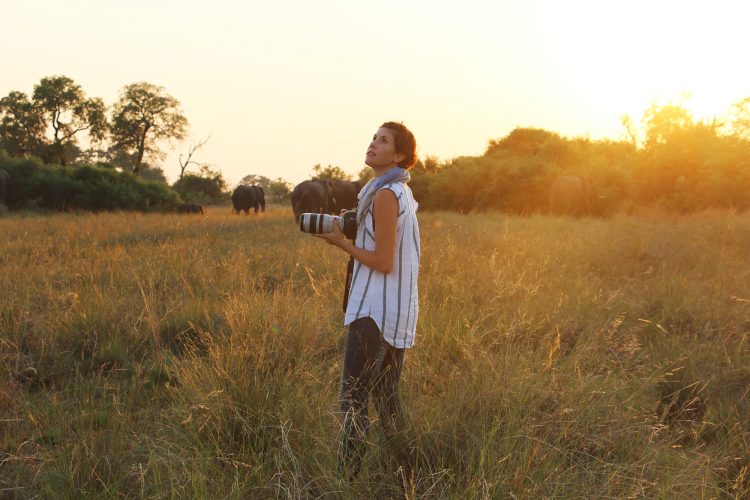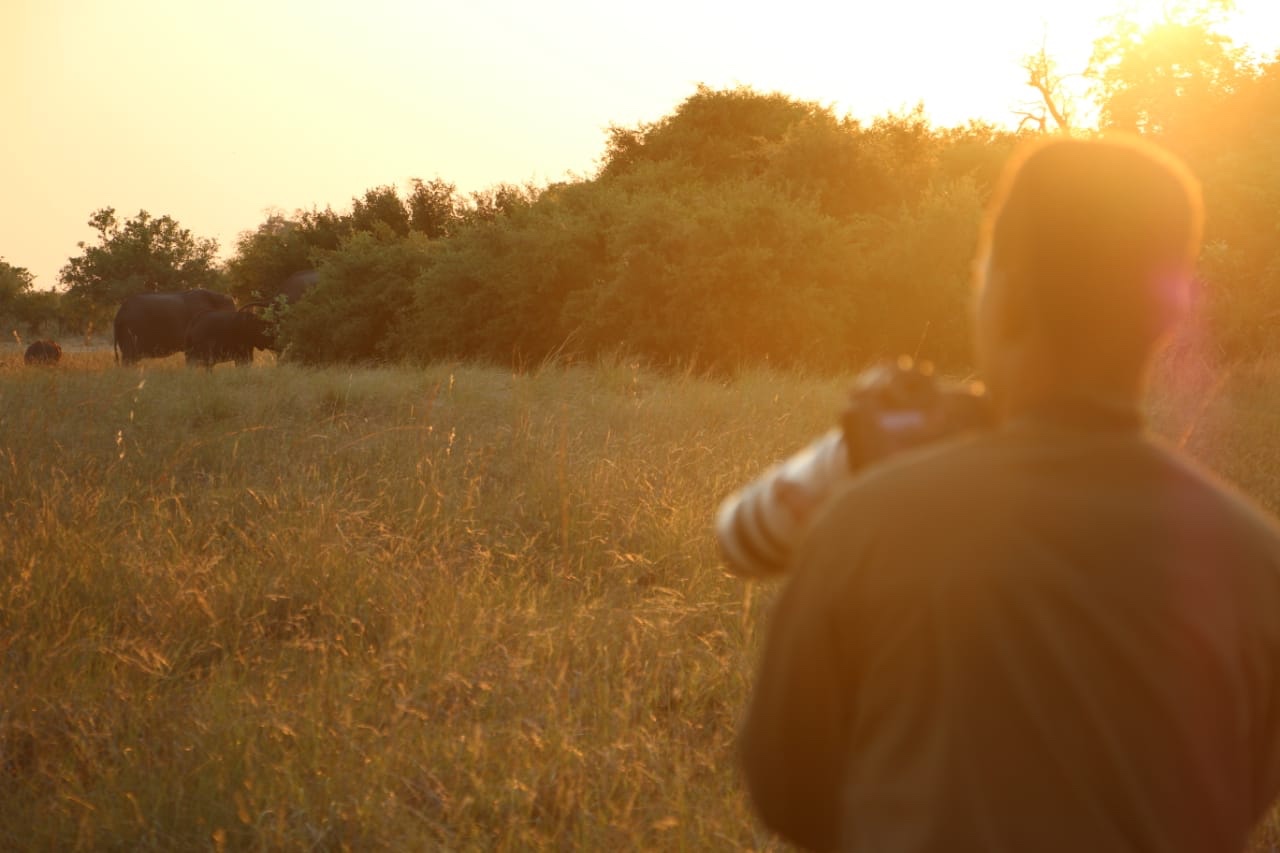
The bottom of an elephant’s foot is covered in a soft padding that helps to support its size. The padding also softens each step the elephant takes so that it walks almost without a sound. Bar those branches crackling underneath them. Through their feet, these great giants can pick up vibrations made by other elephants – seismic vibrations, or rayleigh waves, transferred through the ground.
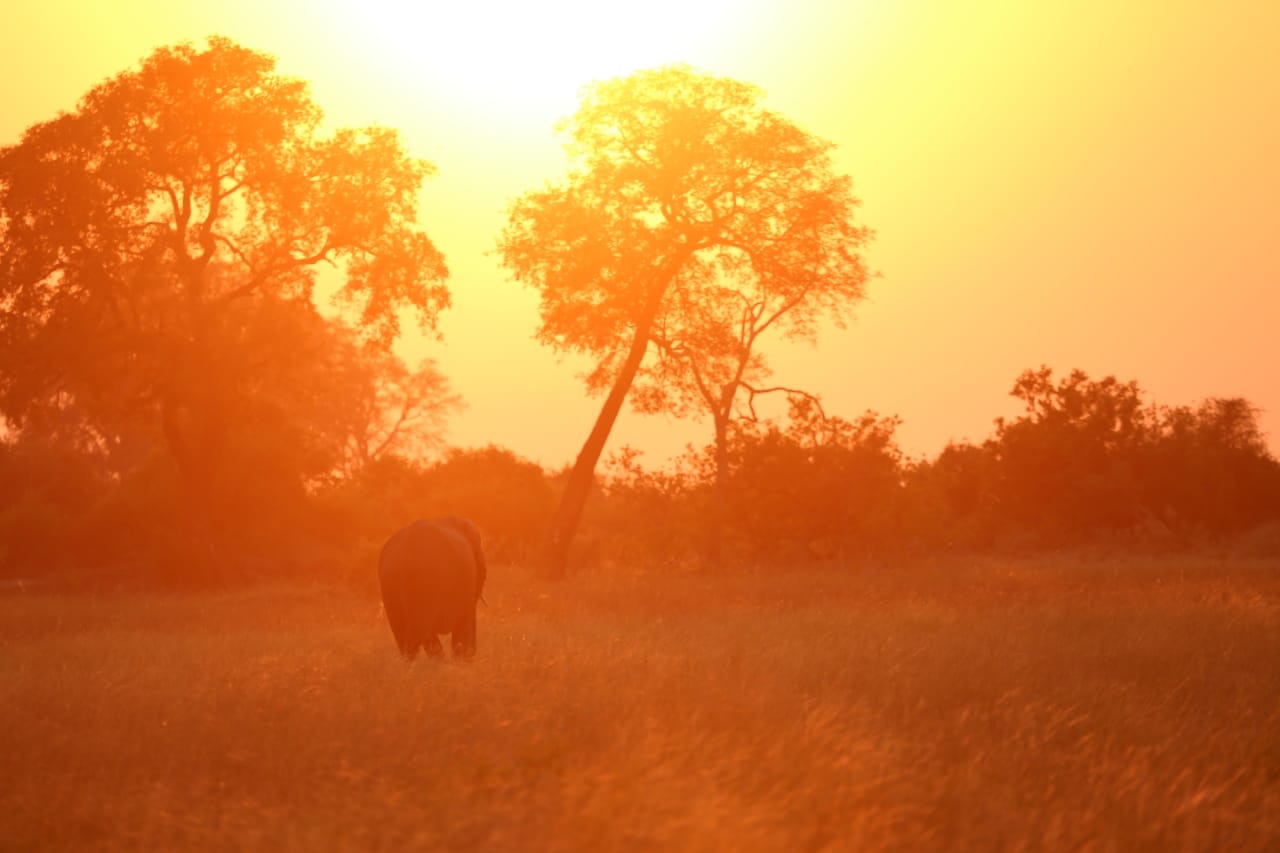
On our safari at Duba Plains Camp in the Okavango Delta recently, we climbed out of the vehicle to share the ground with these great animals. We sat, we stood, we sat, tall reeds between us and the moving herd, and I wondered what vibrations I was giving off. I imagined my own feet were rather soft, compared at least to a buffalo’s, but my shoes were not.
I wondered what was going on in the elephant’s minds, bodies and hearts, from the littlest to the largest, as they slowly slid out of sight, pulling at trees and bushes along the way. Unfettered, seemingly so at peace, as though we weren’t there at all.
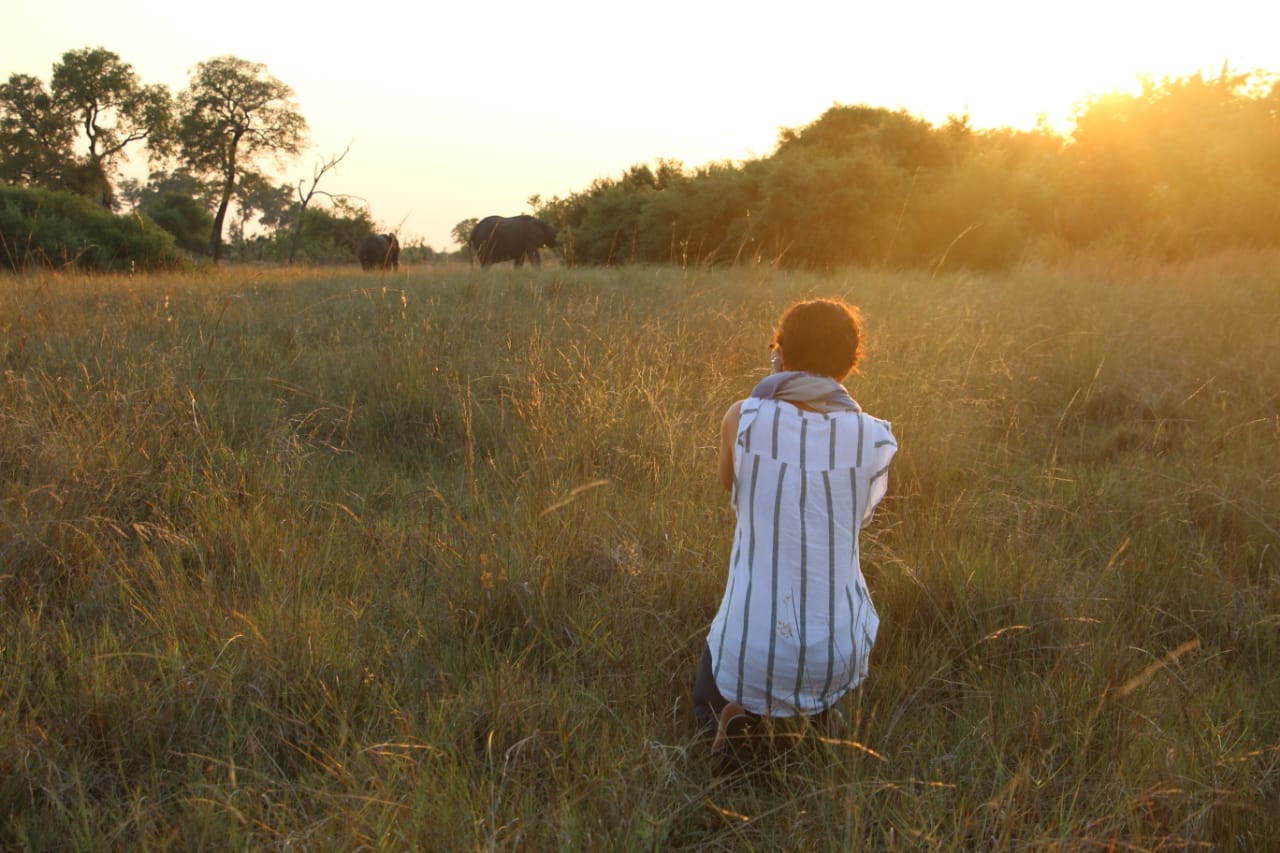
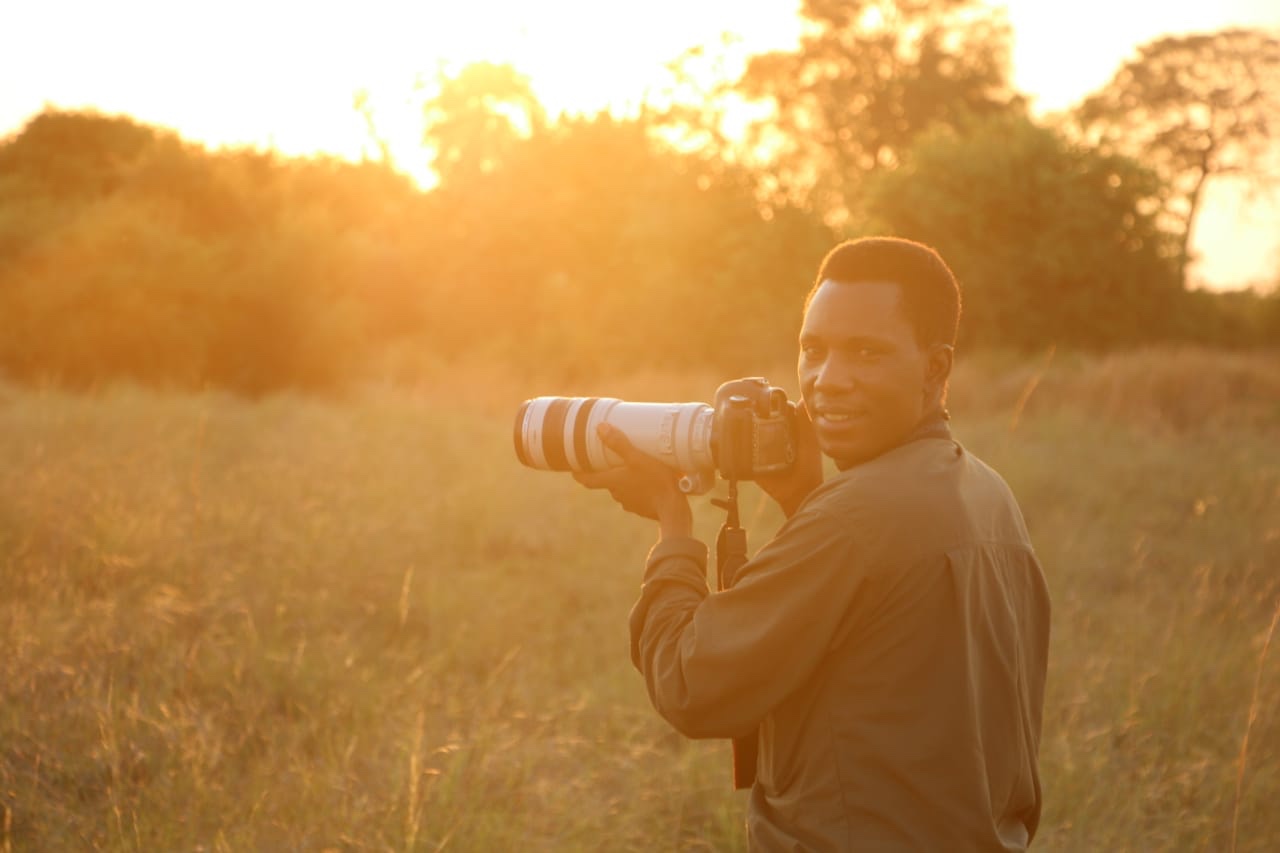
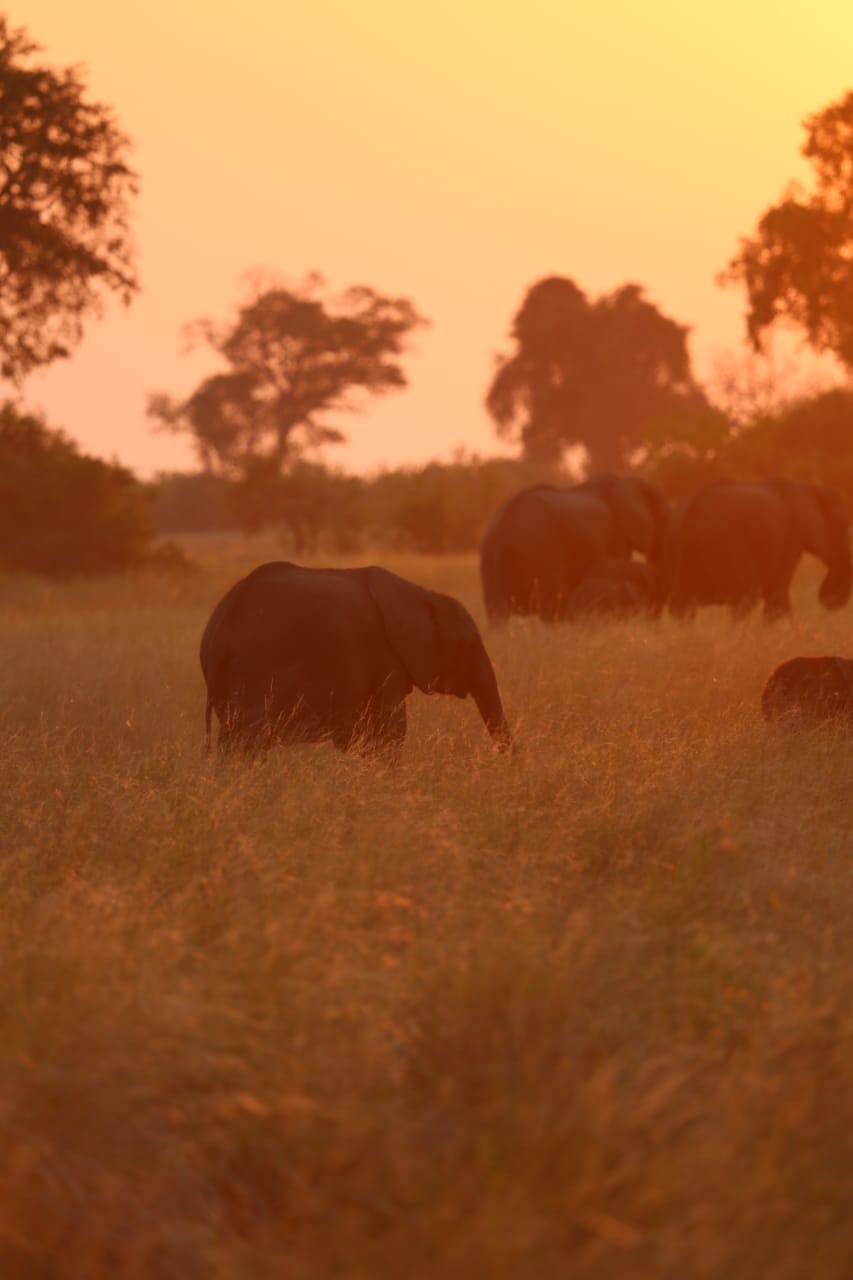
Elephants are a lot like us.
They remind me of a moment with my father, a stoic, rational, intellectualiser of all things, who suddenly shouted out one day while we were walking in the mountains, “I do have feelings you know!”
Of course l knew that, but I wasn’t quite aware they were strong enough feelings to warrant such a cry. When I’m with elephants, I imagine them shouting out the same proclamation.
“We have feelings you know!”
Because they do. It’s partly what makes watching them and walking in close proximity to them in the wilderness so real and raw and emotive.
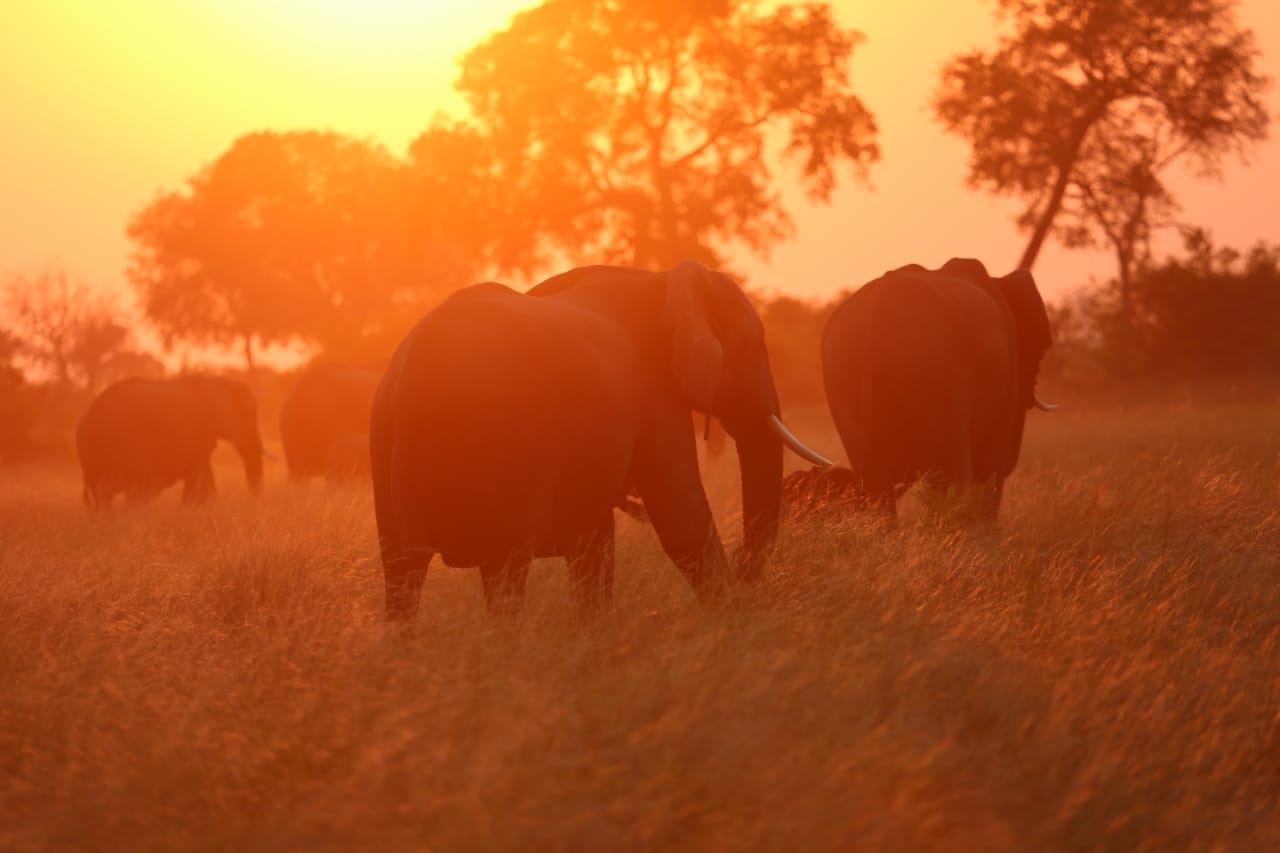
Elephants are said to feel remorse, to even ask for a shoulder to cry on in times of need. They mourn too and when someone in their herd dies they hold a kind of ceremony for them. When they return to the site of the deceased’s bones, they recognise them, they remember. They have a cognitive map that enables them to remember places they’ve been and to navigate their surroundings.
Watching the herd at Duba Plains Camp, on an island in the Delta, as they walked off into the sunrise, lit up in gold, I saw the details. In the slowness and silence, no other vehicles or animals in sight, we watched their busy little trunks in action.
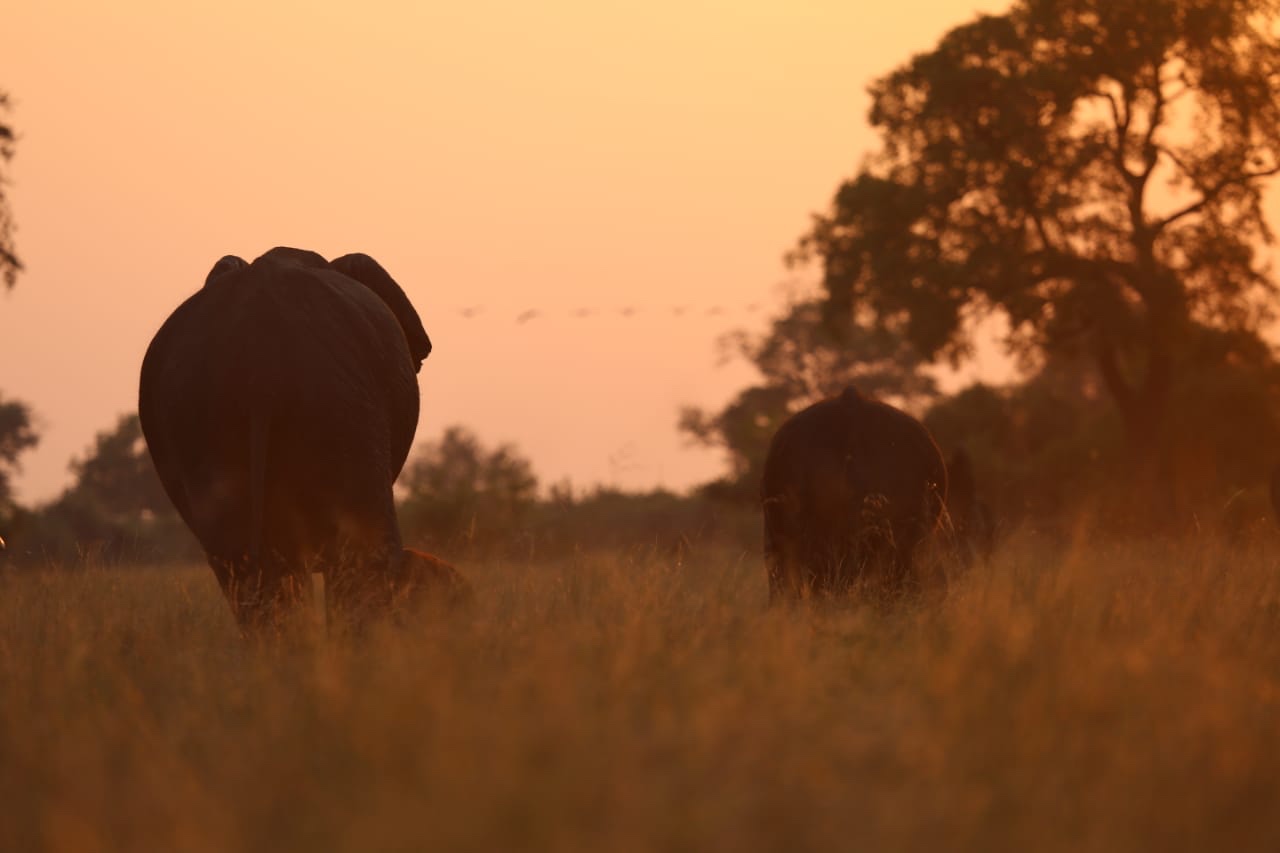
An elephant’s trunk is boneless and has over 40,000 muscles. They use them for just about everything. Comforting others, playing, eating and drinking, picking flowers for calves and reaching the highest leaves on trees. Like humans, as we go about our days, hands engaged in endless tasks. Tasks that give us joy, that help us to survive and stay healthy, that, just like elephants, we use to help comfort others and to play.
As I watched the wild herd fade across the field, I hung my camera around my neck and rested my hands. I suddenly thought of how much they had already done for me that morning – their role in the drinking of coffee, eating of breakfast, washing, dressing, carrying, photographing and writing.
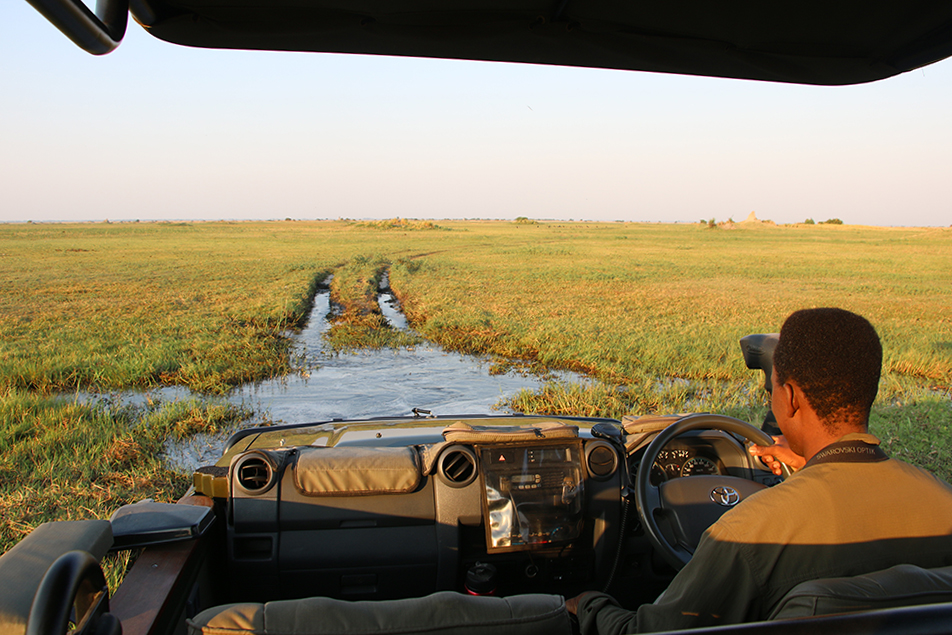
The sun was heating up and the wildlife on this island in the Okavango would disappear more and more, seeking somewhere cool and shady for the afternoon. We took our cue. We had shared the ground, run our hands through the grass, planted our feet back on the earth and we had felt the peace of the elephants.
We too would never forget this place.
Because it’s interactions and experiences like these that transform a hard space into a soft space. That let you in and show you the beating heart. That let the echo out of the house and make it a home. Take a closer look and you’ll see… elephants are part of the soft heart of Africa’s wildlands. Of remote spaces just like the Okavango in Botswana.

